Centuries of medieval history beneath your feet
We’ve visited another beautiful National Trust site with our membership, which is Mottisfont House and Gardens, Hampshire in southern England.
Mottisfont is located within the lush and verdant countryside of Hampshire and nestles just east of the cathedral city of Salisbury. The National Trust team maintains the magnificent 18th century house and manages 1600 acres of woodland, tenanted farmland and a nature reserve all around the Mottisfont estate.
When you first stroll towards Mottisfont House, you’ll amble across the wooden bridge straddling the gurgling River Test. As the meandering pathway guides you along the tree-sheltered trail, you’ll spot the stunning house revealing itself before you.
The National Trust team are always around to offer a helping hand or handy hints and tips on your voyage of discovery of Mottisfont.

Where is Mottisfont?
How to get to Mottisfont
- By Train
The nearest station to Mottisfont is Mottisfont & Dunbridge, which is around 1 mile away on foot. However, there isn’t a taxi rank, and the quickest walking route leads you through public-access fields that may contain livestock.
- By Car
Mottisfont in Hampshire is accessed off the M27, at junction 2 or 3 (M271) following the signs to Romsey and then Stockbridge. If travelling on the M3, take junction 8 – A303 towards Andover, following the signs to Stockbridge and Romsey, then look for the brown National Trust signposts.
There’s a free car park for National Trust members; parking charges may apply to non-members.
Mottisfont postcode is SO51 0LN or you can find it by using What3words ///typed.rocks.sandals
A little bit of history on Mottisfont
From a priory to a grand estate
Mottisfont Priory prospered during the early 1500s; however, in 1536, when King Henry VIII initiated the Dissolution of the Monasteries, Mottisfont Priory would no longer be a place of worship.
Mottisfont was gifted to Henry VIII’s Lord Chamberlain, Lord Sandys. William Sandys unusually didn’t demolish the priory and chose to incorporate the church nave within the new mansion. Sections of the medieval church can still be seen; however, heading beneath Mottisfont to the incredible 13th century vaulted cellarium is a must to witness.
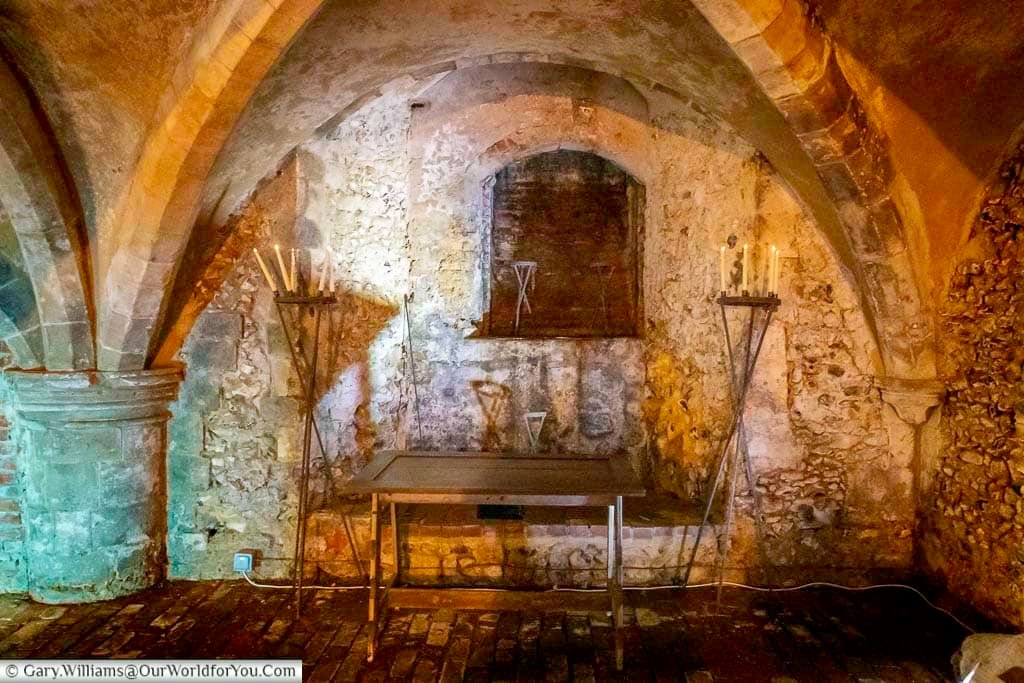
Through the generations, Mottisfont would transition from a Tudor Palace to a grand Georgian home, much of which can be enjoyed today, along with the beautiful gardens. Unfortunately, in the 18th century, the old monastic cloisters and Tudor courtyard were demolished.
The last owners were Maud and Gilbert Russell, who made Mottisfont their country home in 1934. Gilbert was an Army Officer and Banker who passed away in 1942 at the age of 66, having only enjoyed the house for 8 years.
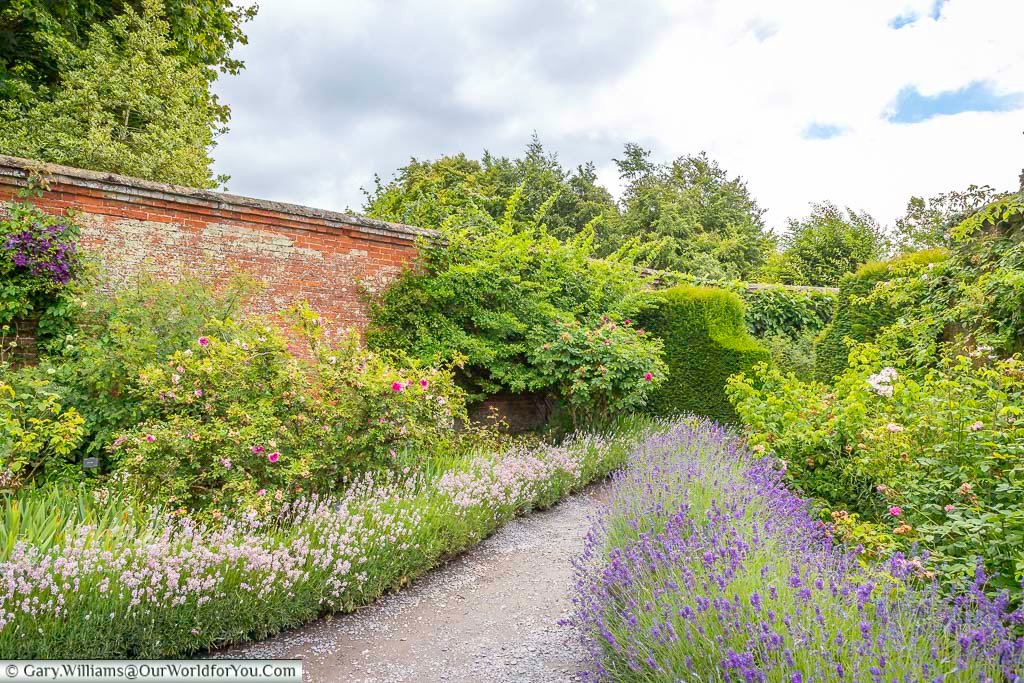
On Gilbert's passing, Maud arranged for the estate to be preserved by the National Trust but continued to live here until 1972. When the Gilberts arrived at Mottisfont, it was in a state of disrepair, so what you see within the stately home is Maud's taste and what incredible taste she had.
Along with visiting Mottisfont’s attractive house, you’ll also get the chance to explore the gorgeous walled garden. The gardens here are breathtaking to see; however, the fragrances that you get to experience as you wend your way by the lavender are hypnotising.
Stay informed
Exploring Mottisfont House
Full of elegance and style
Maud Russell, a society hostess, was a patron of the arts and close friends with Ian Flemming, of James Bond fame and the renowned British artist Rex Whistler.
Maud was the daughter of German immigrants, suffering from anti-German sentiment in the First World War, and she assisted family members in escaping Nazi Germany in the Second World War. She truly sounds like a fascinating character, living a full life and passing away at the age of 90 in 1982.

Maud loved the historic décor within Mottisfont and began blending this style with her adoration of neo-classical design throughout her house.
Although many of Maud’s personal items and furniture are no longer here, there is still an incredible amount of detail to be found in Mottisfont, which is full of period furniture and eye-catching works of art.
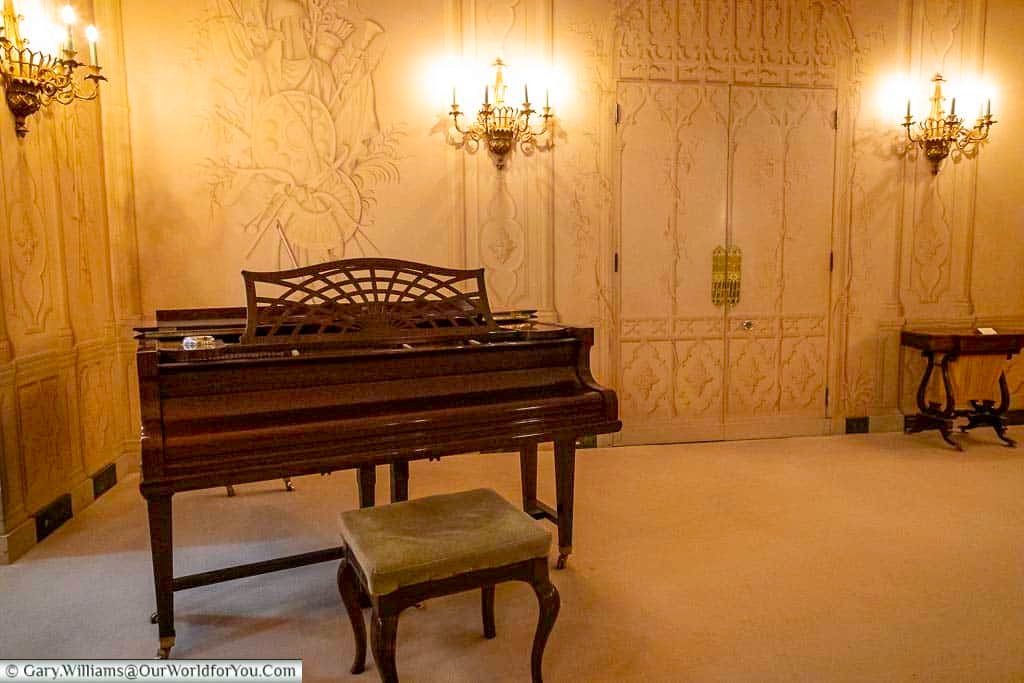
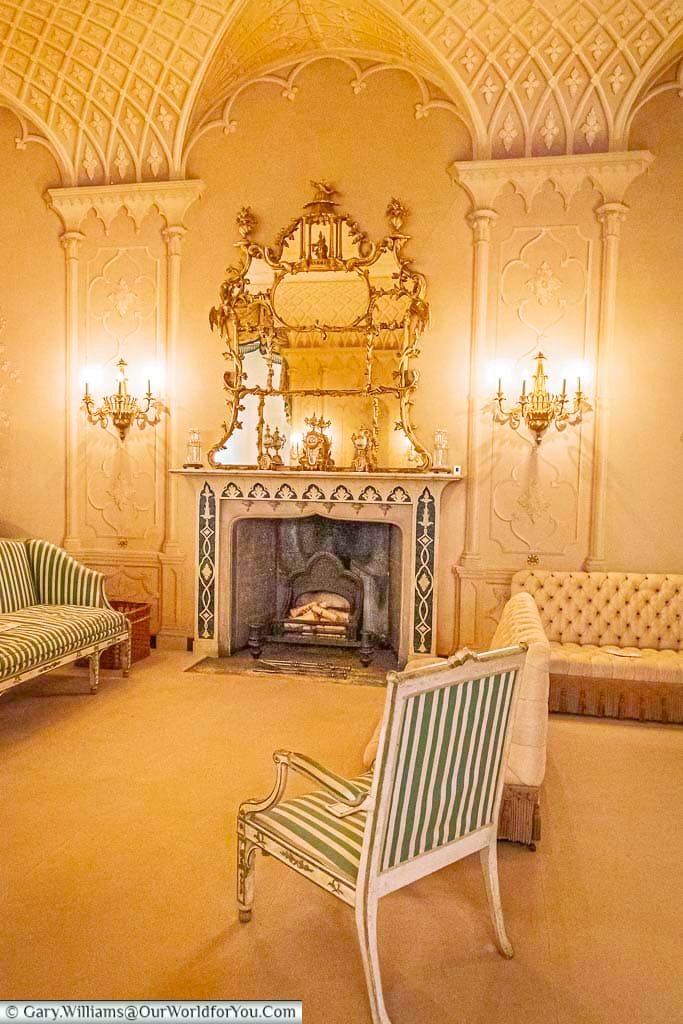
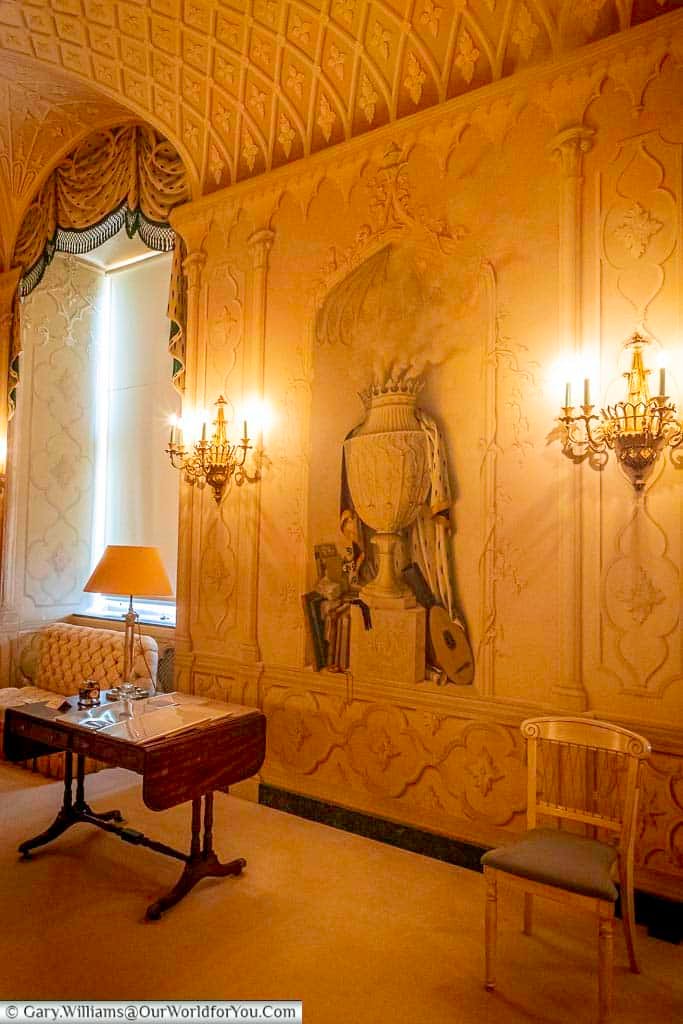
The results were stunning; Whistler created spectacular murals and faux columns, which were painted in the Gothic style and created an air of sophistication which reflected the medieval origins of its medieval past.
Unfortunately, Rex Whistler’s life was cut short when he died in the Battle of Normandy on 18th July 1944.
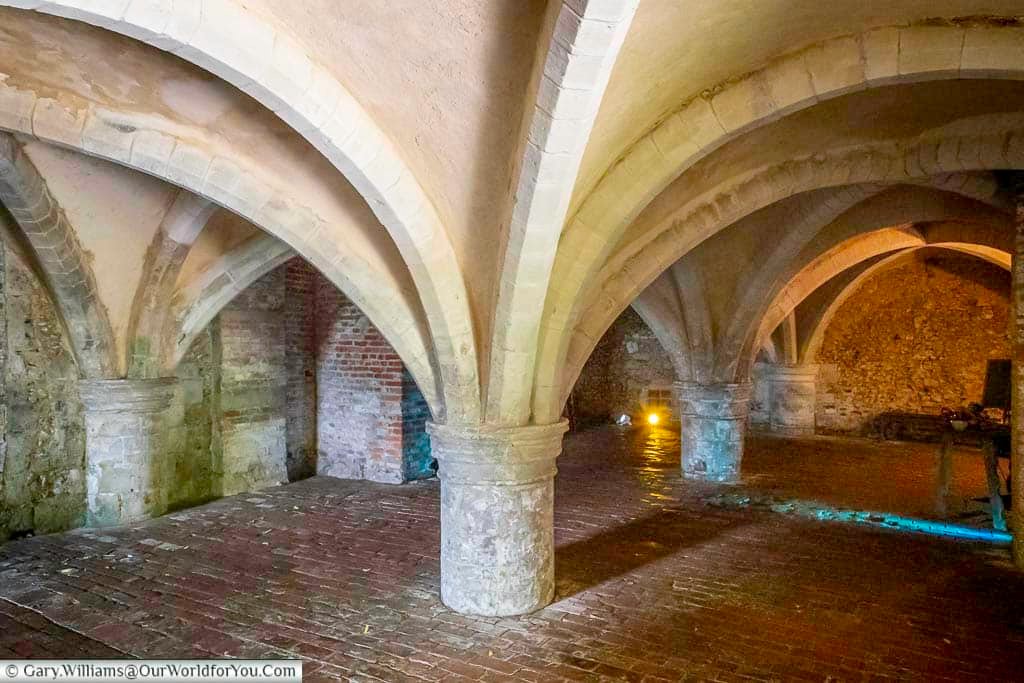
The magnificent vaulted Cellarium is one of the most visible aspects of the 13th century Augustinian priory. The ancient stone walls and columns beneath Mottisfont are a sight to behold. The medieval cellar has had some restoration over the years; however, it doesn’t detract from its splendour.
It’s now time to explore the gardens.
Where to stay in nearby Wells and Salisbury
This charming 15th-century coaching inn is located in the beating heart of Wells. It has plenty of character and friendly staff.
Onsite parking is available and complimentary, although limited. We have a large EV and were able to charge it overnight for free.
This welcoming city centre hotel is located in a grand Georgian building and just a few minutes’ walk to Salisbury Cathedral.
Private onsite parking is available at a reasonable daily charge.
Mottisfont’s stables
Enjoy a cake and a good book
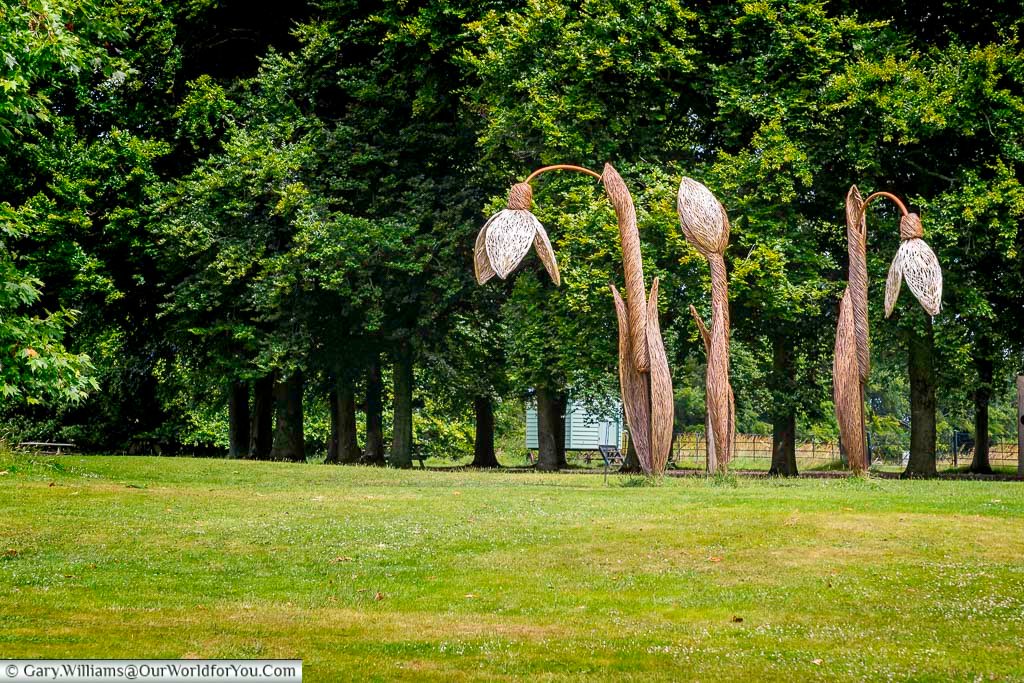
Discovering more National Trust gardens
Discovering Mottisfont’s Walled Gardens
Ohh the wonder of Lavender
One of my favourite plants is lavender, and here at Mottisfont, they didn’t hold back; there were swathes of purple pillows everywhere, and the fragrance you can savour as you brush past them is hypnotic. And it isn’t just me who adores lavender; the local bumblebees do, too.
We even have our own little homage to Provence in our home garden, with a lavender bed and sunflowers.
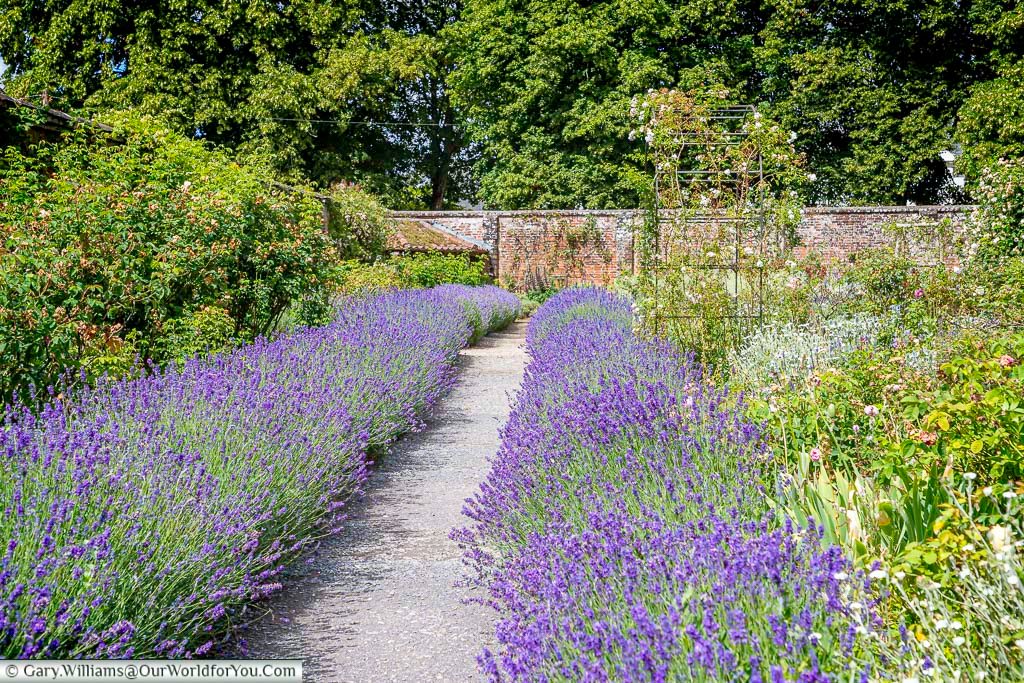
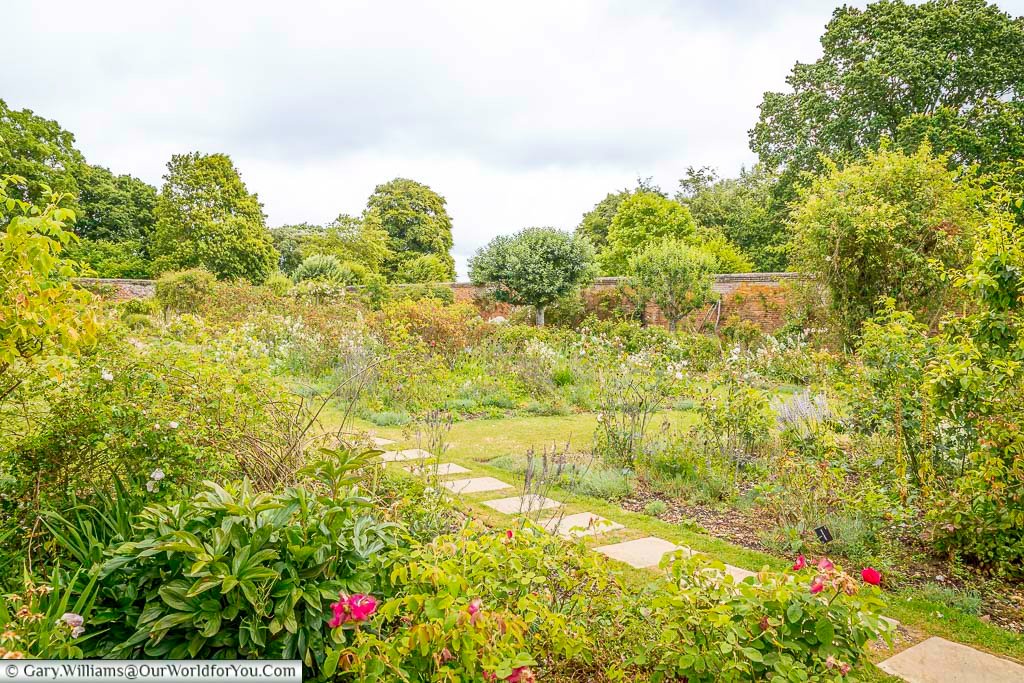

If, like us, you enjoy visiting the National Trust gardens around the United Kingdom, then grab yourself a copy of the latest ‘Gardens of the National Trust’.
It’s a beautifully illustrated book, and it won’t be long before you’re planning your next trip.
Exploring Mottisfont’s Kitchen Garden
A place of tranquillity


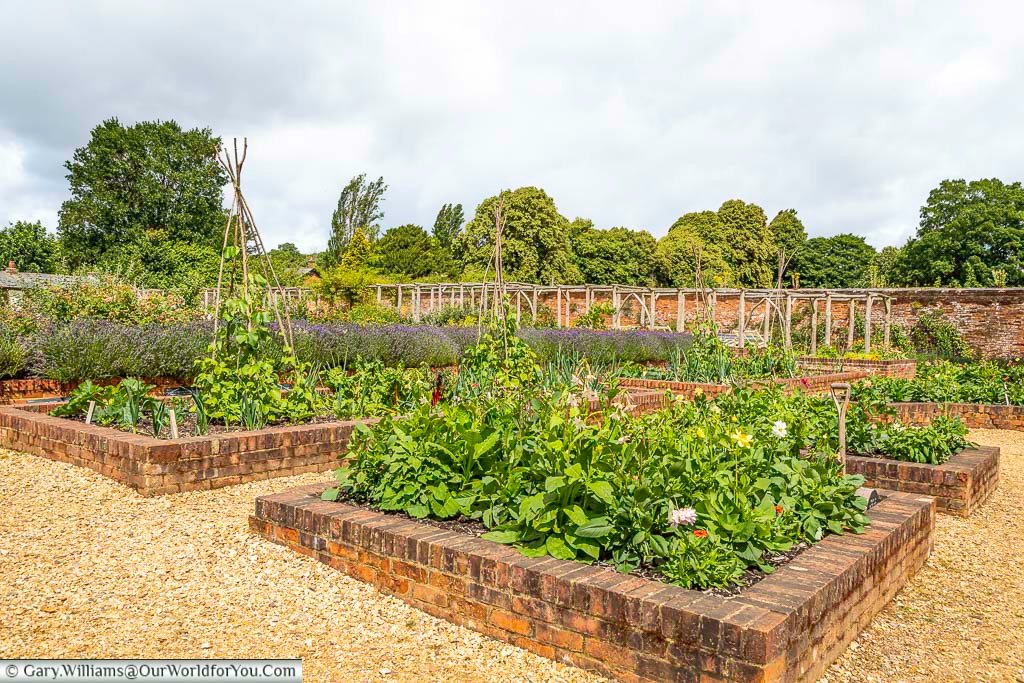
This delightful space within the walled garden was fully restored in 2018 by the National Trust as a nod to Mottisfont's medieval past. It is now a flourishing working kitchen garden full of mouthwatering vegetables.
This area of the garden is also home to a collection of heritage apple trees, including varieties that are rarely seen.
I hope you enjoy visiting Mottisfont as much as we did.
Escape for a few days
Are you in search of a tranquil hideaway to relax and unwind in, while you discover the beautiful British countryside?
Browse through the handpicked properties and unique retreats at Holiday Cottages.
* This post may contain links to affiliated sites where we earn a small commission at no additional charge to you.

